10 Fascinating Facts About Fabergé Eggs
Did you know Fabergé Eggs don’t contain eggs? They’re made of precious metals like gold, silver, jewels, and enamel. So, what is so interesting about these famous Easter eggs? Keep reading for 10 egg-quisite facts about Fabergé Eggs, and you might join the world’s greatest easter egg hunt.
1. Royal Origins
Fabergé eggs date back to 1885 when Tsar Alexander III of Russia commissioned the first egg as an extravagant Easter gift for his young wife, Empress Maria Feodorovna.
Initially, Alexander III presented the Fabergé egg to Maria Feodorovna as a one-time gesture. However, her immense joy upon receiving the gift prompted him to continue commissioning them annually until his passing. His son Nicholas II would continue the tradition for his wife and mother every Easter.
2. First Fabergé Egg
This first egg, known as the “Hen Egg,” features a white enamelled outer shell that twists open to reveal a golden yolk within, housing a hen. Further unfolding reveals a surprise: a tiny diamond replica of the imperial crown and a ruby pendant (now lost).

The Hen Egg (1885). In the collection of the Faberge Museum, St. Petersburg, image courtesy of the Forbes Collection.
3. The House of Fabergé
Peter Carl Fabergé was the director of the renowned St.Petersburg-based jewellery house that oversaw the production of the wealthy, decorative eggs. The House of Fabergé boasted an unmatched ability to embellish everyday objects through enamelling, goldsmithing, and stone-setting, making Fabergé famous throughout the royal courts of Europe.
4. The Original Kinder Surprise!
Every Fabergé Egg contains a “surprise”, sometimes visible, sometimes hidden until the egg is opened.
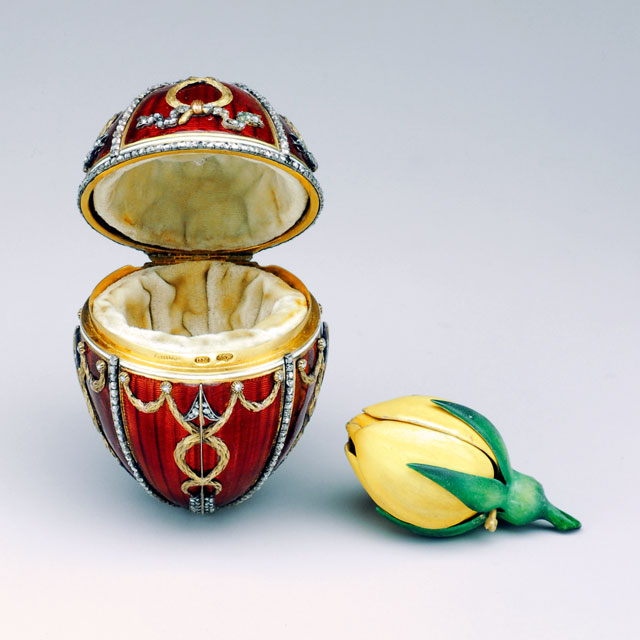
Rosebud Egg (1895) was the first egg Emperor Nicholas II gave to his wife after their marriage. It originally contained the rosebud surprise pictured, a diamond-set crown, and a ruby drop that has since been lost. In the collection of the Faberge Museum, St. Petersburg, image courtesy of the Forbes Collection.
5. Innovative Designs and Master Craftsmanship
Each Fabergé egg was unique, featuring elaborate designs and intricate mechanisms. Each took one to two years to complete and required work from multiple artisans with differing expertise, from metalsmiths to diamond cutters, painters and other specialists.
6. Glittering Legacy
In total, sixty-nine spectacularly jewelled Easter eggs were made by Fabergé between 1883 and 1917. Fifty of these were made for the Russian Imperial family and are known as the ‘Imperial Eggs’. The other eggs were made for the aristocracy and financial elite.

The Mosaic Egg (1914) is the most expensive of the Imperial Easter eggs, costing the Emperor 28,300 rubles. In the Royal Collection, London, UK.
7. Looted and Lost
After the fall of the Russian Imperial family during the Revolution of 1917, the Bolsheviks sold many of the late family’s Imperial Eggs to fund their political and economic aims. In some cases, they sold the eggs’ surprises separately, resulting in many pieces now being lost or seperated.
8. Priceless Treasures
Small yet lavish reminders of the dynasty’s grand reign and fall, Fabergé eggs are a symbol of overt luxury. Today, only 46 of the Imperial Easter Eggs are still in existence.
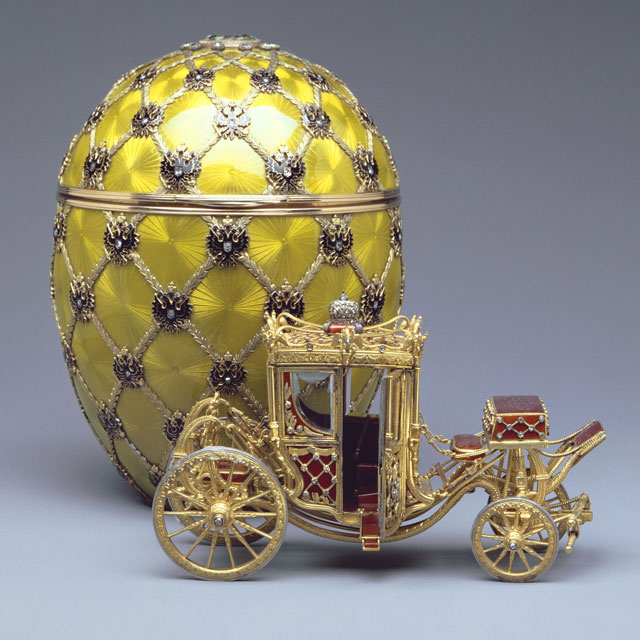
The Coronation Egg (1897) is considered the most iconic Fabergé egg. Emperor Nicholas II presented it to his wife, Empress Alexandra Feodorovna, as a memento of their coronation. In the collection of the Faberge Museum, St. Petersburg, image courtesy of the Forbes Collection.
9. Revival and Replicas
The Russian Revolution in 1917 forced the House of Fabergé to close; thus, the production of Fabergé eggs ceased. However, interest in Fabergé eggs experienced a revival in the 20th century, leading to replicas and homage pieces inspired by the originals.
10. The Multi-million Dollar Egg Hunt
In 2012, the Third Imperial Egg (1887) resurfaced unexpectedly. A man purchased what turned out to be the Third Imperial Egg from an antique shop in the Midwest for a mere $14,000. Initially intending to melt it down for scrap metal, the buyer sought the opinion of an expert, who identified it as an authentic Fabergé creation and estimated it to be worth $33 million US dollars.
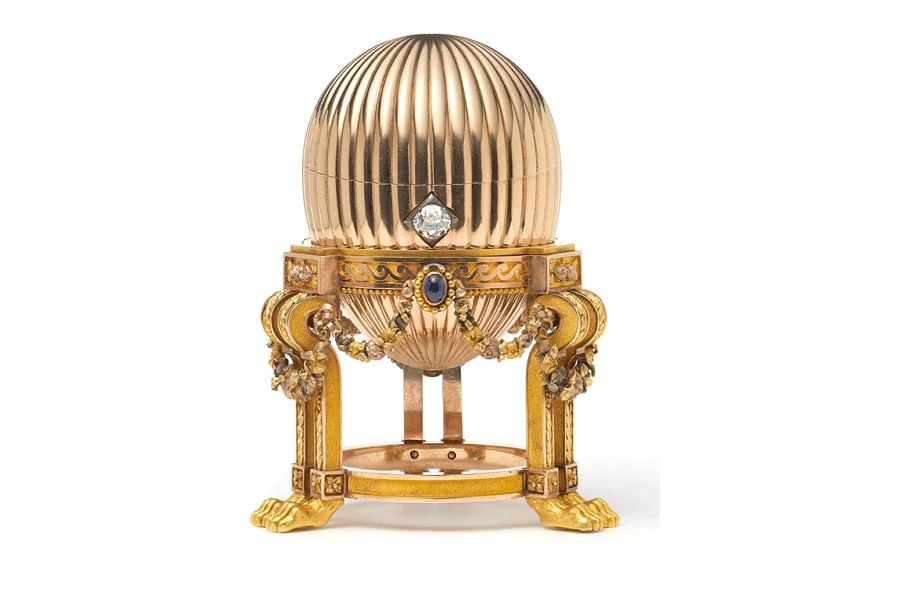
The Third Imperial Egg (1887) is currently in the private collection of an unidentified private collector.
Now you know 10 facts about Fabergé eggs, will you join the Imperial Egg hunt?




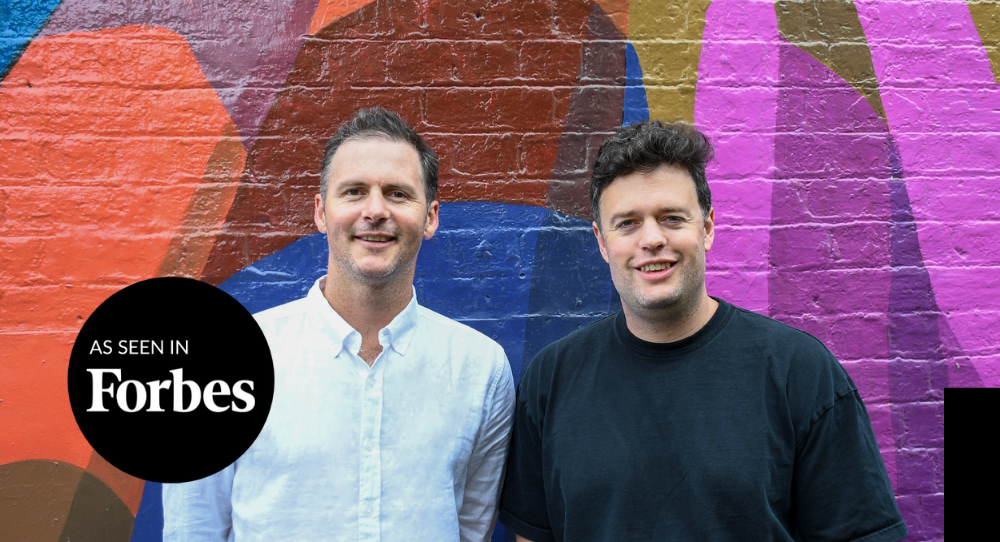



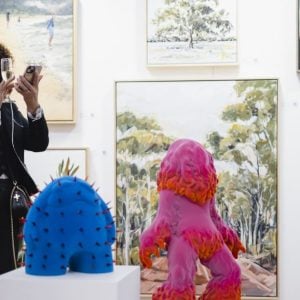








I have a number of Faberge (styled) eggs, each with a railway themed item, such as the locomotive “Rocket” – all quite lovely but they were not of Russian origin…..!
Thank you for such amazing and intriguing information on
the Faberge’ Imperial Eggs. I had heard of them but had
never seen such close up photographs showing such detail
and story of their making and for whom.